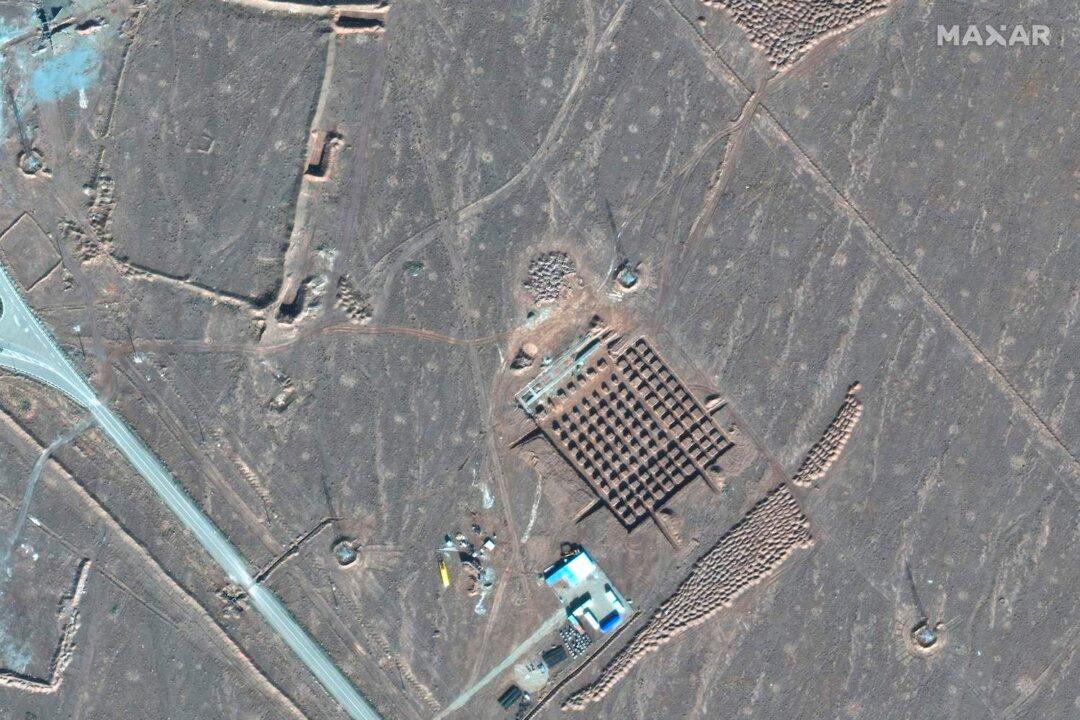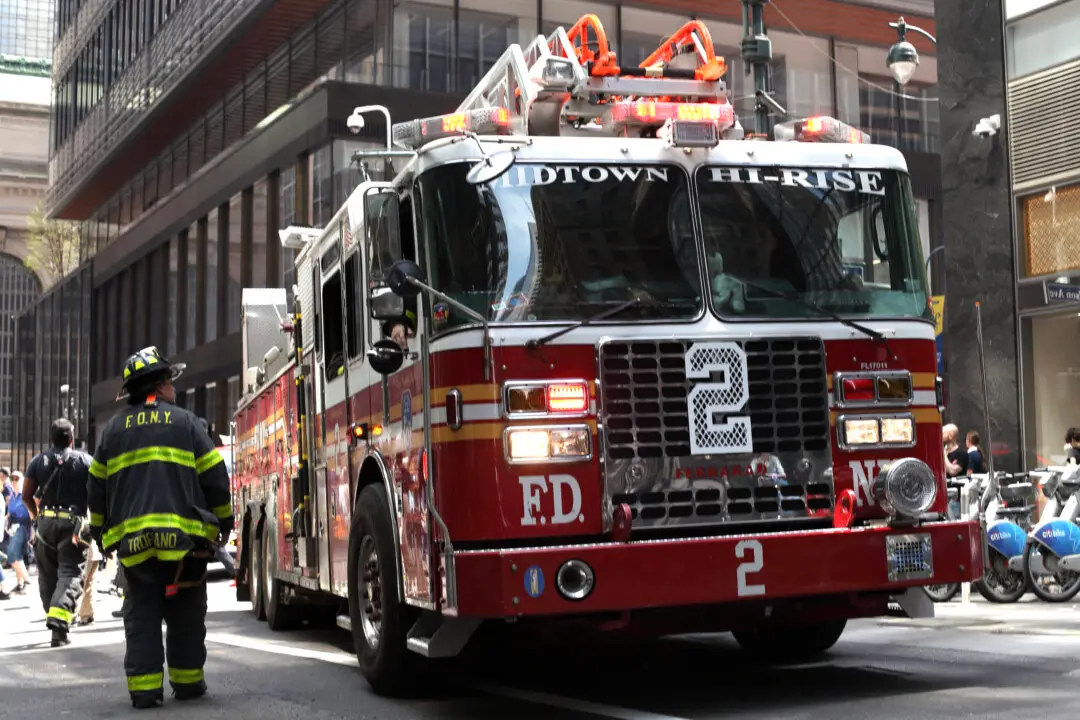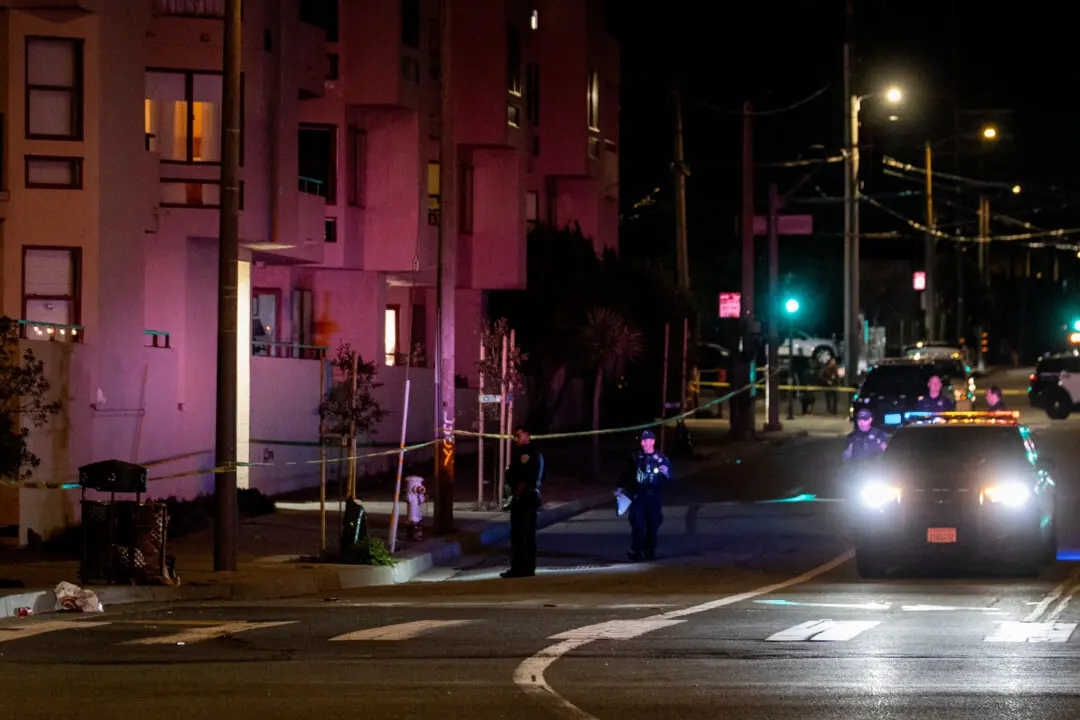DUBAI, United Arab Emirates—Iran has begun construction on a site at its underground nuclear facility at Fordo, satellite photos obtained Friday by The Associated Press show.
Iran has not publicly acknowledged any new construction at Fordo, whose discovery by the West in 2009 came in an earlier round of brinkmanship before world powers struck the 2015 nuclear deal with Tehran.





